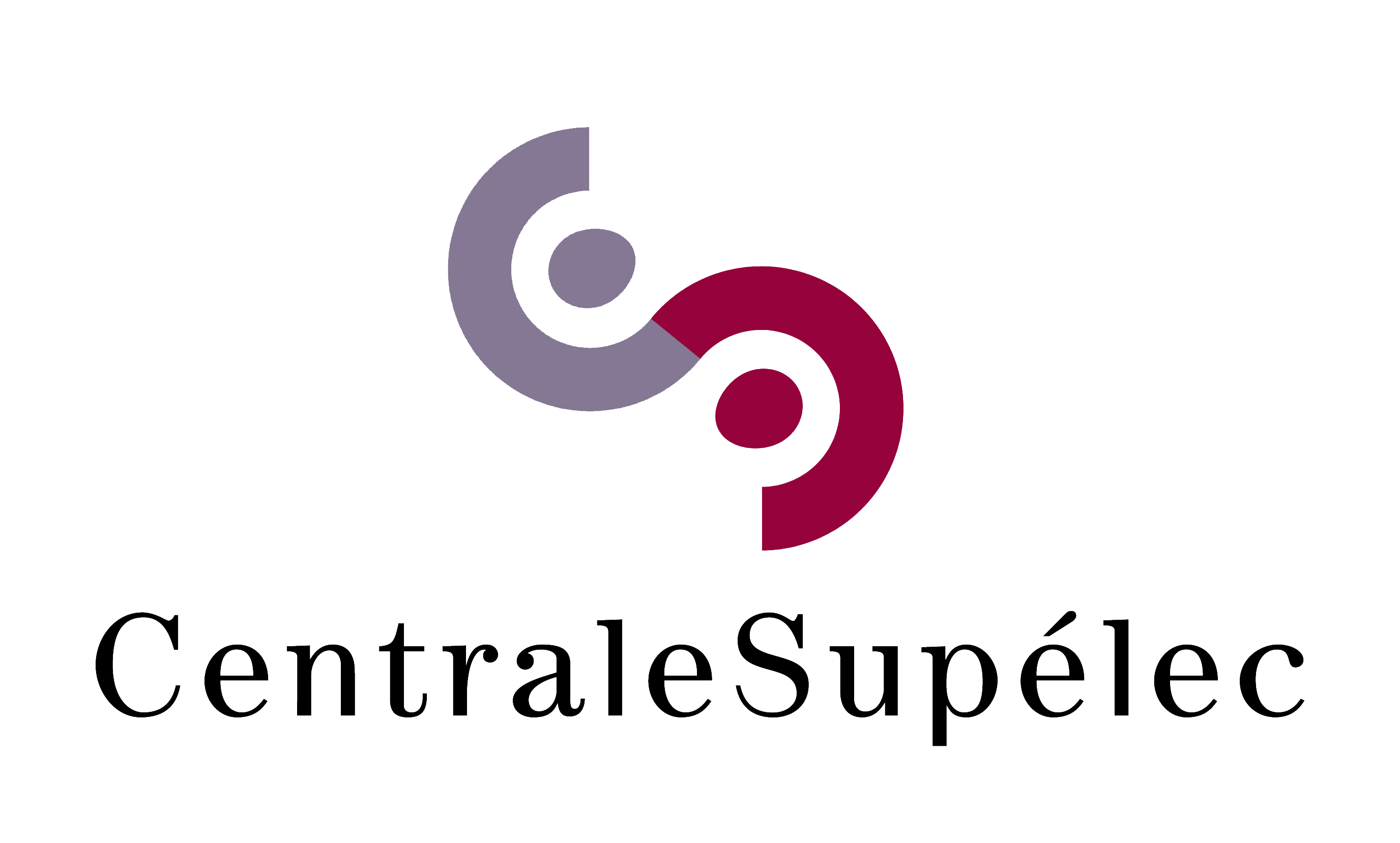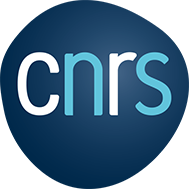Plasma-assisted combustion with nanosecond discharges. Part I: discharge effects characterization in the burnt gases of a lean flame
Résumé
The prediction of a flame response to plasma assistance requires extensive knowledge of discharge-induced plasma kinetics. Detailed studies of nanosecond discharges are common in N 2 /O 2 and fresh combustible mixtures but are still lacking in burnt gases. To fill this gap, we define a combustion reference test case and investigate the effects of Nanosecond Repetitively Pulsed (NRP) discharges placed in the recirculation zone of a lean (Φ = 0.8) CH 4 -air bluff-body stabilized flame at atmospheric pressure. In this zone, the plasma discharge is created in a mixture of burnt gases. Quantitative Optical Emission Spectroscopy (OES), coupled with measurements of electrical energy deposition, is performed to provide temporally (2 ns) and spatially (0.5 mm) resolved evolutions of the temperatures and concentrations of N 2 (B), N 2 (C), N 2 + (B), OH(A), NH(A), and CN(B) in the discharge. At steady state, the 10-ns pulses deposit 1.8 mJ at a repetition frequency of 20 kHz. Spatially resolved temperature profiles are measured during the discharge along the interelectrode gap. The temperature variations are more pronounced near the electrodes than in the middle of the gap. On average, the gas temperature increases by approximately 550 K. The heat release corresponds to about 20% of the total deposited electric energy. The electron number density, measured by Stark broadening of H α , increases up to about 10 16 cm-3. These characteristics allow to classify the discharge as a non-equilibrium NRP spark, as opposed to the thermal NRP spark where the temperature can reach 40,000 K and the degree of ionization is close to 100%. These measurements will serve (i) as a reference for future studies in the Mini-PAC burner at the same conditions, (ii) to test discharge kinetic models, and (iii) to derive a simplified model of plasma-assisted combustion, which will be presented in companion paper.
Fichier principal
 Accepted_Minesi+et+al_2022_Plasma_Sources_Sci._Technol._10.1088_1361-6595_ac5cd4.pdf (1.81 Mo)
Télécharger le fichier
Accepted_Minesi+et+al_2022_Plasma_Sources_Sci._Technol._10.1088_1361-6595_ac5cd4.pdf (1.81 Mo)
Télécharger le fichier
Origine : Fichiers produits par l'(les) auteur(s)


